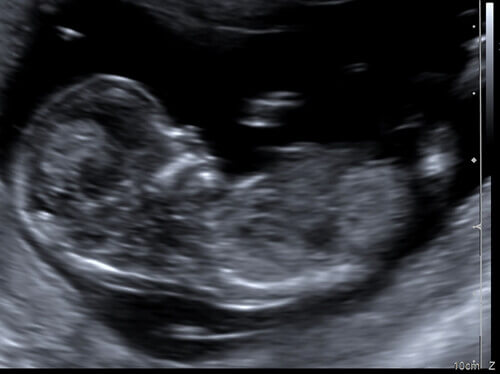Morning sickness is a powerful and debilitating pregnancy symptom associated with pregnancy. In many cases, it’s more than just nausea. Some women’s uncontrollable vomiting makes them unable to keep down food or adequate fluids, walk or go to work. In these cases, it’s crucial to get adequate treatment and give birth to a healthy baby. That said, it’s difficult to know what’s OK to take during pregnancy. Zofran and morning sickness have recently come into the spotlight due to hundreds of pending lawsuits.
Zofran and Morning Sickness (Hyperemesis Gravidarum)
Women with severe morning sickness are diagnosed with hyperemesis gravidarum. This type of nausea and vomiting is so severe that women can’t down food or fluids. It also causes migraines, back pain and other discomfort. According to the American Pregnancy Association, women often lose a substantial amount of weight and electrolytes. In more serious situations, women must stay in the hospital to receive IV fluids. Most doctors believe hyperemesis gravidarum is caused by a spike in hormones. Unfortunately, when Zofran and morning sickness are combined, birth defects may result.
Zofran and Birth Defects
In response to women with severe hyperemesis gravidarum, many doctors prescribed Zofran, a powerful anti-nausea medication. Originally developed to treat post-operative and chemotherapy-induced nausea, it seemed applicable to morning sickness, as well. Due to the nature of pregnancy and a developing fetus, however, clinical trials on pregnant women could not be performed—and the drug was never technically approved during pregnancy. As a result, women continued to take the drug with no knowledge of the risks they were taking.
Zofran, like many drugs, crosses the placental barrier when taken by an expectant mother, causing a direct interference with the development of the baby. Risks are worst during the first trimester, while many important organs are in initial development. One example: the heart. A major birth defect associated with Zofran is congenital heart defects – particularly holes in the heart. While some mothers become aware of these defects immediately, some have no idea until their baby has grown up. In the worst cases, children who are unaware of their congenital malformations have a stroke around the age of 18.
Fortunately, there are other solutions for severe morning sickness that don’t pose such serious risks at Zofran. If you sense that you might have hyperemesis gravidarum, talk to your doctor about your options—and before taking anything that could affect your baby.
Make a Claim
In the wake of these birth defects, countless lawsuits have been made against manufacturer GlaxoSmithKline. Plaintiffs say that the company shrouded the risks associated with Zofran and illegally marketed and sold the drug for an unapproved use. In 2012, the company paid $3 billion in an illegal marketing settlement of this nature – but the lawsuits are far from over.
If you or someone you know has taken Zofran while pregnant and the baby was affected, you may be eligible to file a Zofran lawsuit. Before you make your claim, it’s a good idea to have your case reviewed by an attorney who is familiar with lawsuits of this nature and knows how to help you be successful moving forward. Many women were prescribed Zofran during their pregnancy and have filed birth defect lawsuits against GlaxoSmithKline—you are not alone!
1. “Hyperemesis Gravidarum – American Pregnancy Association.” American Pregnancy Association. April 26, 2012. Accessed April 1, 2015.
2. McLean, Jesse. “Birth Defects Blamed on Unapproved Morning Sickness Treatment.” The Toronto Star. Accessed April 1, 2015.
3. “Ondansetron Use In Early Pregnancy And The Risk Of Congenital Malformations – A Register Based Nationwide Cohort Study.” Motherisk.org. Accessed April 1, 2015.
4. “GlaxoSmithKline to Plead Guilty and Pay $3 Billion to Resolve Fraud Allegations and Failure to Report Safety Data.” The United States Department of Justice News. July 2, 2012. Accessed April 1, 2015.
